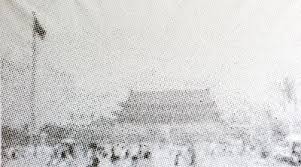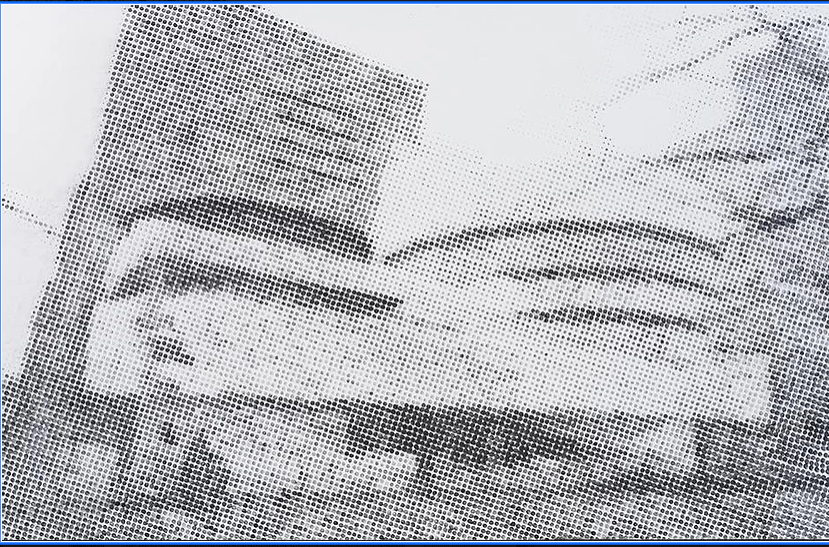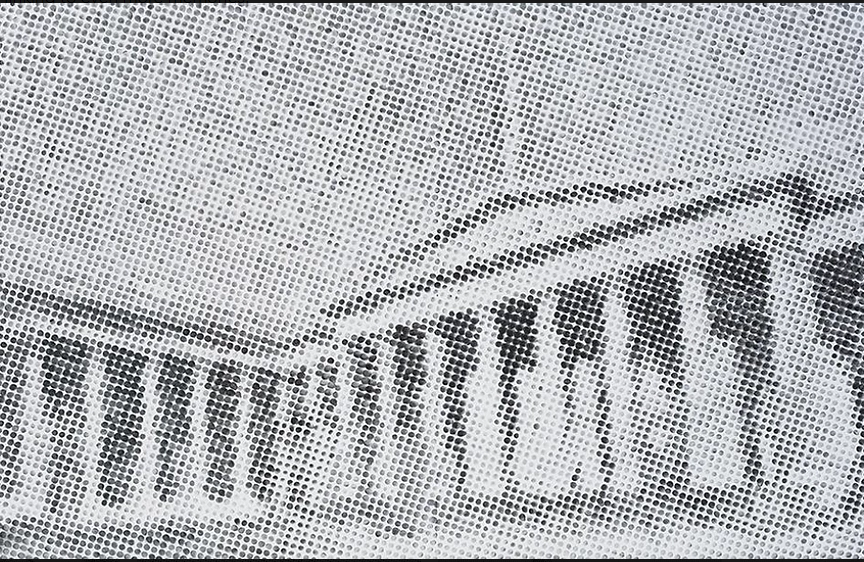- Why do we forget things?
- How do we forget?
- What do we remember about those things?
- What is "remembering"?
- What is "memory"?
- How we remember?
- What we remember is the truth?
- What is the truth?
- Is it what they show us?
- Is it what we ourselves believe?
- How can we believe what me remember is correct?
- Are there some items that affect our thoughts/memories?
- Age?
- Daily emotional impacts or the general mental situation?
- Trauma?
- Media?
- What is trauma? What reasons can be considered as the cause of trauma? How does trauma affect our memories?
- How does media affect our memories?
- Propaganda
- Advertisement
- Censorship
- What is censorship?
- What is manipulation?
Memory refers to the processes that are used to acquire, store, retain, and later retrieve information. There are three major processes involved in memory: encoding, storage, and retrieval.
Sr: https://www.verywellmind.com/what-is-memory-2795006
In order to form new memories, information must be changed into a usable form, which occurs through the process known as encoding. Once the information has been successfully encoded, it must be stored in memory for later use.
Much of this stored memory lies outside of our awareness most of the time, except when we actually need to use it. The retrieval process allows us to bring stored memories into conscious awareness.
Sr: https://www.verywellmind.com/what-is-memory-2795006
Memories, Dreams, Reclamations (یکی بود یکی نبود) explores the spaces we are called to claim and reclaim between dualities of dark and light, pain and play, trauma and healing.
Mojdeh Rezaeipour is an Iranian American artist and storyteller based in Washington, DC. Her organic mixed media works and installations explore hyphenated identity and belonging, as well as the intersections of our collective striving for healing and transformation.
Sr: https://gallery30south.com/mojdeh/
https://gallery30south.com/mojdeh/mojdeh-insidethesewalls-1500-2/
Interview: https://imagejournal.org/article/in-the-studio-mojdeh-rezaeipour/
Memento (2000), Christopher Nolan
Filmography
Three Colors: Blue (1993), Krzysztof Kieślowski
The Mirror (1975), Andrei Tarkovsky
Rashôman (1950), Akira Kurosawa
Hiroshima, Mon Amour (1959), Alain Resnais
Inception (2010), Christopher Nolan
Memory in cinema
Certified Copy (2010), Abbas Kiarostami
Last Year at Marienbad (1961), Alain Resnais
Shutter Island (2010), Martin Scorsese
wild strawberries (1958) ingmar bergman imdb
Eternal Sunshine of the Spotless Mind (2004), Michel Gondry
8 1/2 (1963), Federico Fellini
La Jetée (1962), Chris Marker
The Manchurian Candidate (1962), John Frankenheimer
Vertigo (1958), Alfred Hitchcock
Mulholland Drive (2001), David Lynch
The Act of Killing (2012), Joshua Oppenheimer
1- Overview:
Memory gaps and errors refer to the incorrect recall, or complete loss, of information in the memory system for a specific detail and/or event. Memory errors may include remembering events that never occurred, or remembering them differently from the way they actually happened.[1] These errors or gaps can occur due to a number of different reasons, including the emotional involvement in the situation, expectations and environmental changes.
Sr: https://en.wikipedia.org/wiki/Memory_error
2- Types of memory errors:
2.1 Blocking
2.2 Transience
2.3 Absentmindedness
2.4 False memories
2.5 Problem of bias
2.6 Misinformation effect
2.7 Source confusion
2.8 Imagination inflation
2.9 Deese–Roediger–McDermott (DRM) paradigm
2.10 Schematic errors
2.11 Intrusion errors
2.12 Time-slice errors
2.13 Personal life effects
3- Memory error relating to food
4- Causes
4.1 Cognitive factors
4.1.1 Spreading activation
4.1.2 Connection density
4.1.3 Retrieval cues
4.1.4 Encoding specificity
4.1.5 Transfer-appropriate processing
4.1.6 Interference
4.2 Physiological factors
4.2.1 Brain damage
4.2.2 Age
4.2.3 Emotion
5 Memory errors in Abnormal Psychology
5.1 Alzheimer's Disease
5.2 Depression
5.3 Schizophrenia
6 Consequences of memory errors
6.1 Eyewitness testimony
6.2 Child abuse
Sr: https://en.wikipedia.org/wiki/Memory_error
2.6 Misinformation effect
SR:https://psu.pb.unizin.org/socialpsychmethodsjmc948/chapter/eyewitness-testimony-and-memory-biases-noba/#reference-35>
Case Study:
2.4 False memories
Case Study:
SR:https://psu.pb.unizin.org/socialpsychmethodsjmc948/chapter/eyewitness-testimony-and-memory-biases-noba/#reference-35>
SR:https://psu.pb.unizin.org/socialpsychmethodsjmc948/chapter/eyewitness-testimony-and-memory-biases-noba/#reference-35>
We exonerate the innocent through DNA testing and reform the criminal justice system to prevent future injustice.
https://innocenceproject.org/
Julia Shaw is a memory scientist at the University College London and author.
Quotes from the video (up):
- Memory is the foundation of our identity.
- When we start to question our memories, actually we start to question our identity.
- Your past is just a story that you tell yourself or you want to share it with others.
- Influence of memory on political decisions, eg: Brexit, UK-wide referendum in June 2016.
- Writing down the things that happen is the way to hack your memory.
----------------------->>>>>>>>
Sr: Her (2013), Spike Jonze
How We Make Memories?
How We Make Memories? | Julia Shaw
Mr. Robot (TV Series 2015–2019), Sam Esmail
Collective Memory
Photo credit: Three Lions-Getty Images
SR:https://www.scientificamerican.com/article/the-power-of-collective-memory/
Collective memory refers to the shared pool of memories, knowledge and information of a social group that is significantly associated with the group's identity.[1][2][3] The English phrase "collective memory" and the equivalent French phrase "la mémoire collective" appeared in the second half of the nineteenth century. The philosopher and sociologist Maurice Halbwachs analyzed and advanced the concept of the collective memory in the book "Les cadres sociaux de la mémoire" (1925).[4] Collective memory can be constructed, shared, and passed on by large and small social groups. Examples of these groups can include nations, generations, communities, among others.
Sr: https://en.wikipedia.org/wiki/Collective_memory
How reliable is your memory? | Elizabeth Loftus
Psychologist Elizabeth Loftus studies memories. More precisely, she studies false memories, when people either remember things that didn't happen or remember them differently from the way they really were.
Quotes from the video (up):
- When you feed people misinformation about some experiences that they may had, you can distort or contaminate or change their memory.
This could happen by: talking to other witnesses or by media coverage ==> all these provide the opportunity for contamination of our memory.

“Collective Memory is a series of photographs that is comprised of pixels of various sizes. I invited residents with collective memories to collaborate on the series. The participants’ fingerprints completed the image, replacing the developing chemicals. This lies somewhere between the techniques of the darkroom and the painting studio. It is a collective recollection of a living environment shared in common.”(Chen Shaoxiong: Collective Memory Statement)
Chen Shaoxiong has chosen scenes of public cultural institutions in large cities all over the world. Institutions such as the Louvre, the British Museum, the Museum of Modern Art New York, the Centre Pompidou, the Guggenheim Museum, and the Tate are expressive and evocative buildings. They have become important sites in the cultural lives of these cities, and their elitist beginnings have been re-defined as “views” or landmarks owned by the wider public. Chen invited students and ordinary people to participate, replicating these architectural landscapes with fingerprints on canvas. The entire process combines photography, digital manipulation, and painting. This art experiment focused on public participation has been the core of Chen’s recent work. “It represents democratization of image culture and intellectual production.”



Nantes projet d’artistes (vidéo de Pierrick Sorin 2000)
VIDÉOCARTOGRAPHIES : AÏDA, PALESTINE. Un film de Till Roeskens
Propaganda, l'image & son pouvoir (1989) - Jacques Ellul
L'Île aux fleurs, Jorge Furtado
What Is Memory?
How Memories Are Formed
Mojdeh Rezaeipour
Chen Shaoxiong (1962, Guangdong)
https://www.businessinsider.com/our-collective-memory-is-shockingly-fallible-2016-1?r=DE&IR=T
1- Mnemonic
A mnemonic: is any learning technique that aids information retention or retrieval (remembering) in the human memory.
Mnemonics make use of elaborative encoding, retrieval cues, and imagery as specific tools to encode any given information in a way that allows for efficient storage and retrieval. Mnemonics aid original information in becoming associated with something more accessible or meaningful—which, in turn, provides better retention of the information.
1. Music mnemonics
Songs and jingles can be used as a mnemonic. A common example is how children remember the alphabet by singing the ABCs.
2. Name mnemonics (acronym)
The first letter of each word is combined into a new word. For example: VIBGYOR (or ROY G BIV) for the colours of the rainbow or HOMES (Lake Huron, Lake Ontario, Lake Michigan, Lake Erie, Lake Superior) the Great Lakes.
3. Expression or word mnemonics
The first letter of each word is combined to form a phrase or sentence -- "Richard of York gave battle in vain" for the colours of the rainbow.
4. Model mnemonics
A model is used to help recall information. Applications of this method involve the use of diagrams, cycles, graphs, and flowcharts to help understand or memorize an idea. e.g. cell cycle, pie charts, pyramid models.[clarification needed]
5. Ode mnemonics
The information is placed into a poem or doggerel, -- e.g. "Note socer, gener, liberi, and Liber god of revelry, like puer these retain the 'e'" (most Latin nouns of the second declension ending in -er drop the -e in all of the oblique cases except the vocative, these are the exceptions).
6. Note organization mnemonics
The method of note organization can be used as a memorization technique. Applications of this method involve the use of flash cards and lists. Flash cards are used by putting a question or word on one side of a paper and the answer or definition on the other side of the paper. Lists involve the organization of data from broad to detailed. e.g. Earth → Continent → Country.
7. Image mnemonics
The information is constructed into a picture -- e.g. the German weak declension can be remembered as five '-e's', looking rather like the state of Oklahoma in America, in a sea of '-en's'.
8. Connection mnemonics
New knowledge is connected to knowledge already known.
9. Spelling mnemonics
An example is "i before e except after c or when sounding like a in neighbor and weigh".
10. Visualization mnemonics
Techniques such as the method of loci, allow the user to create unique associations in an imagined space.

egocentric perspective & allocentric perspective!
Pierre Bonnard
Nude in the Bath 1925
Tate
https://www.tate.org.uk/art/artists/pierre-bonnard-781/art-memory
Alma Haser
http://www.journal-du-design.fr/art/alma-haser-melange-les-portraits-de-jumeaux-99229/s
Without memory - hirokazu koreeda (1996)
Eyal Weizman
The Architecture of Memory
https://www.e-flux.com/architecture/confinement/357171/the-architecture-of-memory/
http://hearings.contour8.be/2017/02/23/video-temporality-hindsight-evidence/